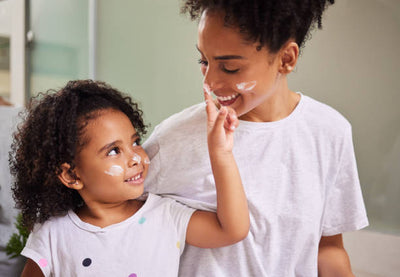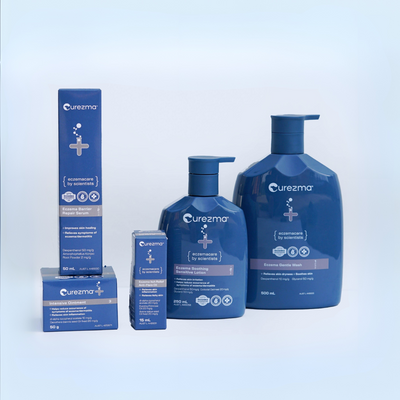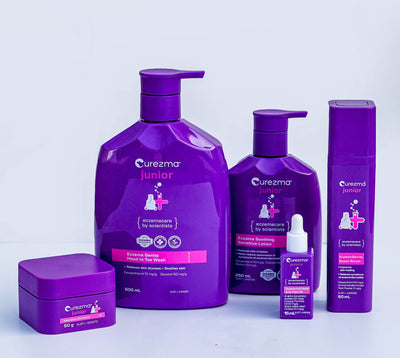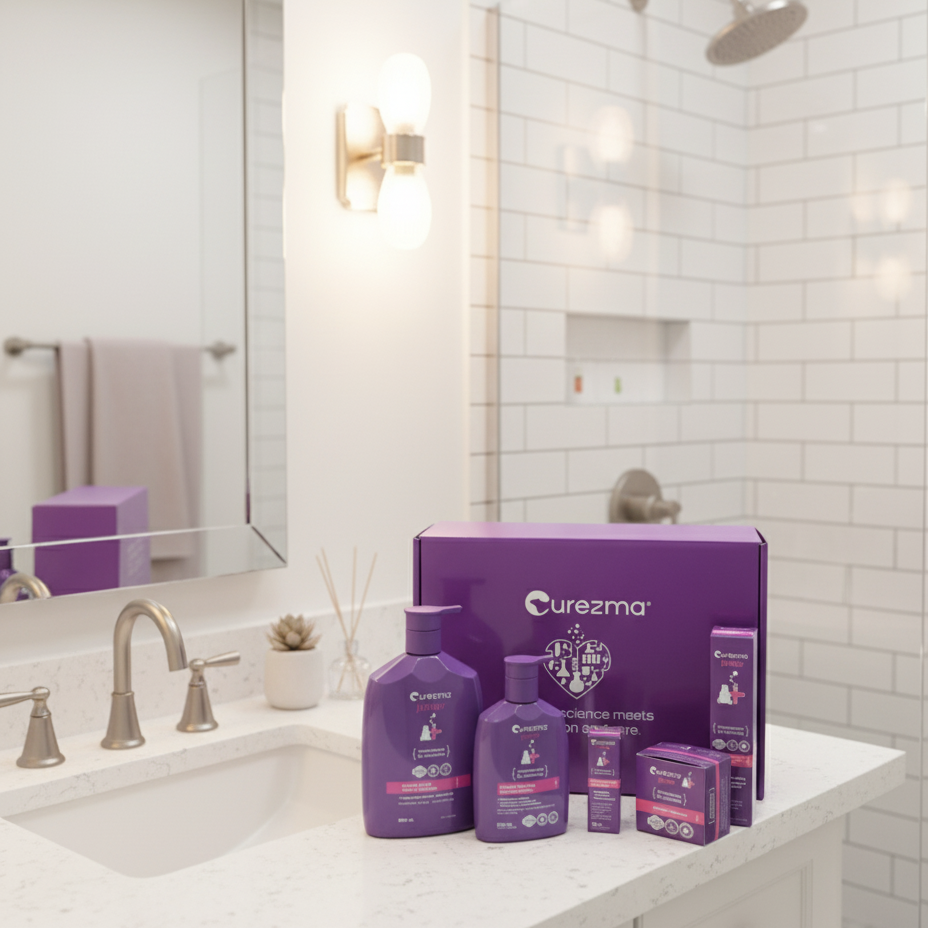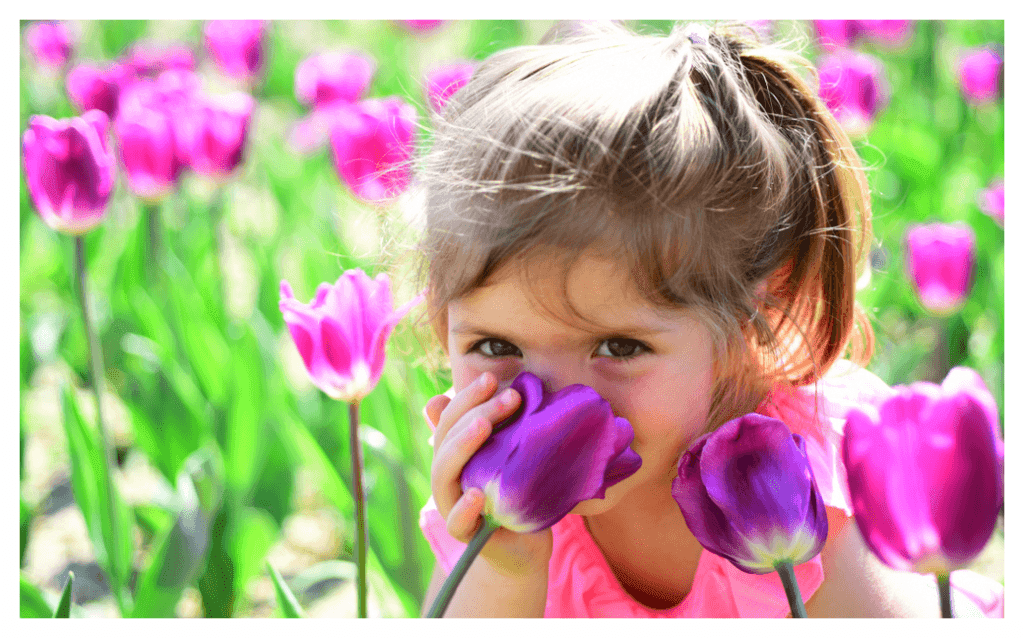7 Tips for Managing Eczema During Winter in Australia
Winter in Australia can be a challenging time for those with eczema. The cold, dry air can exacerbate symptoms, making it essential to adjust your skincare routine accordingly.

Does Skin Get Drier in Winter?
Yes, skin tends to get drier in winter due to lower humidity levels and cold temperatures. This dryness can lead to more intense itching and scratching, which can further aggravate eczema. According to the National Eczema Association, winter's dry air can strip the skin of its natural moisture, making it crucial to adapt your skincare routine during this season.
- Moisturise Frequently:
Using a high-quality, non-steroidal eczema cream is essential during winter. Look for creams that are specifically formulated to repair and hydrate the skin barrier. Curezma’s Barrier Repair Serum is an excellent choice for both adults and children, as it provides deep hydration without the risks associated with steroids.
- Use the Right Heater:
Heaters can dry out the air in your home, which can exacerbate eczema symptoms. To combat this, use a humidifier to maintain moisture levels in the air. According to the American Academy of Dermatology, keeping indoor humidity between 30-50% can help prevent skin from drying out.
Best Heater to Use:
Opt for an oil-filled radiator or a ceramic heater, as they tend to dry out the air less compared to fan heaters or convection heaters. Always use a humidifier in conjunction with your heater to add moisture back into the air.
- Choose the Right Fabrics:
Certain winter clothing materials can irritate the skin. Avoid wool and synthetic fabrics, as they can cause itching and discomfort. Instead, choose soft, breathable fabrics like cotton or bamboo. According to the National Eczema Association, these materials are less likely to irritate the skin and can help prevent flare-ups.
- Layer Up Smartly:
For children, dress them in layers to keep them warm without overheating. Start with a base layer of soft cotton or bamboo, then add additional layers as needed. This approach helps regulate body temperature and reduces the risk of sweating, which can irritate eczema-prone skin.
- Bathe Properly:
Limit bath time to 5-10 minutes and use lukewarm water to avoid stripping the skin of natural oils. Use a gentle, fragrance-free cleanser suitable for eczema-prone skin. After bathing, pat the skin dry and apply a non-steroidal eczema cream immediately to lock in moisture.
- Stay Hydrated:
Drinking plenty of water is crucial during winter to keep the skin hydrated from within. Encourage children to drink water regularly throughout the day, and ensure you’re also drinking enough fluids.
-
Protect Your Skin Outdoors:
When heading outside, protect your skin from the cold by wearing gloves and scarves made from soft, non-irritating fabrics. Apply a thick layer of non-steroidal eczema cream before going outside to create a barrier against the cold air.
Conclusion:
Winter can be tough on eczema-prone skin, but with the right approach, you can manage your symptoms effectively. By using non-steroidal eczema creams, choosing the right fabrics, and maintaining indoor humidity, you can help keep your skin hydrated and comfortable. Remember, the key is to adapt your skincare routine to the changing weather and take proactive steps to protect your skin.
And of course we always recommend trying Curezma... We offer a money back guarantee so you have nothing to lose and just great healthy skin to gain.
Sources:
National Eczema Association. (n.d.). Managing Eczema in Winter.
American Academy of Dermatology. (n.d.). Tips for managing eczema.
National Eczema Association. (n.d.). Eczema and Winter: How to Protect Your Skin.
